then the capacitor always allows the current to flow through it.
No, that's not how capacitors work.
You're unclear if you want to add the snubber network across the coil of the relay or across the (AC) contacts of the relay.
I'm assuming that you want the snubber network across the coil:
A capacitor will only allow current to flow when the voltage across the capacitor changes. In this application the voltage across the capacitor only changes when the switch opens or closes.
When the switch is open or closed, the voltage across the capacitor is either 0 (zero) or Vs. So it is constant and no current flows through the capacitor.
A snubber network is intended to short circuit any rapid changes in voltage as these rapid changes can disturb other circuits nearby (EMI). The capacitor sorts these rapid changes and forces these currents to flow in a short loop through the capacitor and series resistor. That resistor dissipates the harmful signals and EMI is reduced.
